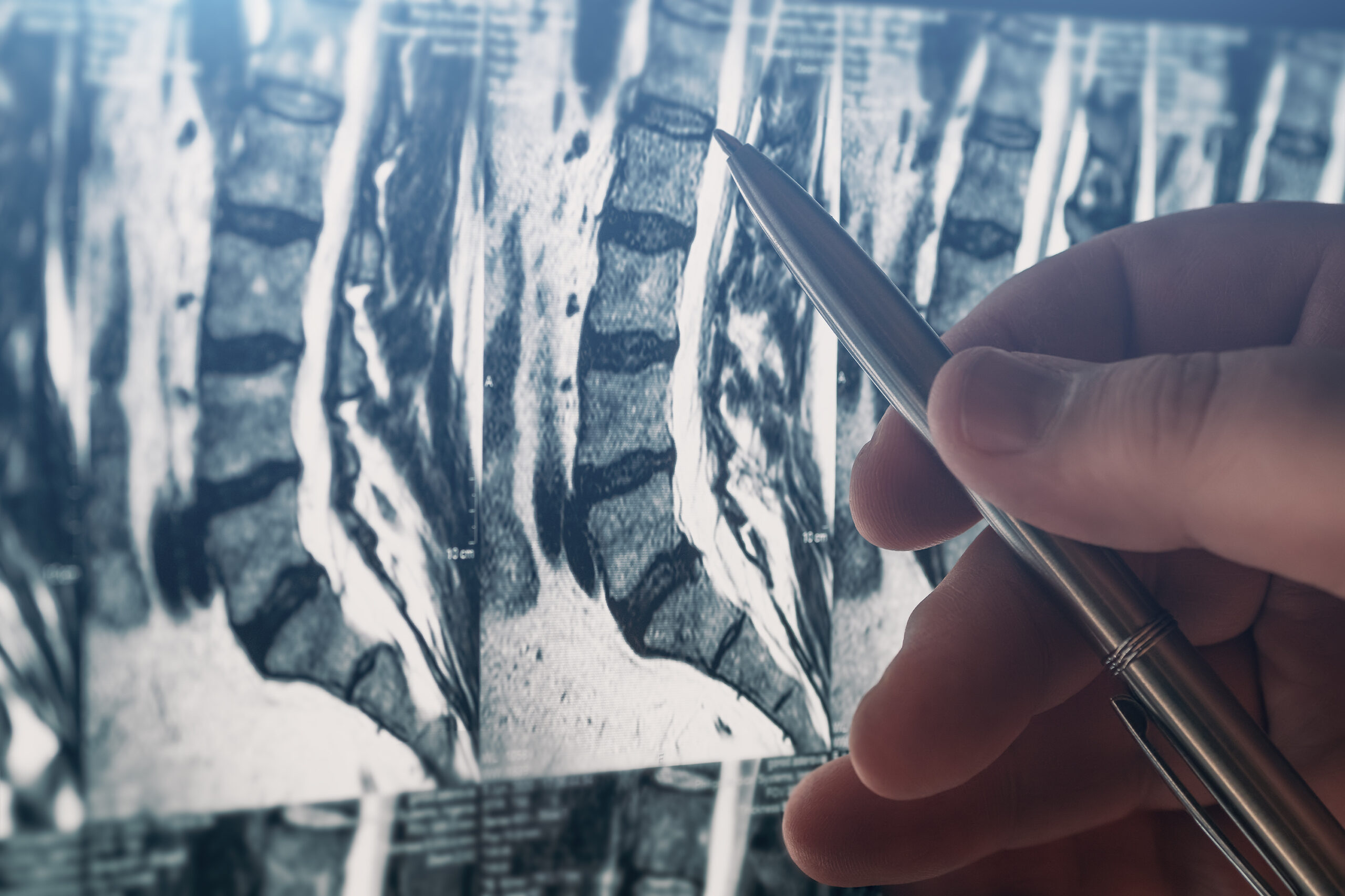Lumbar Decompression Surgery: What You Should Know
What is Lumbar Decompression Surgery?
Lumbar decompression surgery is a surgical treatment designed to alleviate the pressure on the spinal cord or nerves in the lower back, particularly in cases of lumbar spinal stenosis, bone spurs, and other conditions that cause compression.
This article will guide you through the ins and outs of lumbar decompression surgery, explaining the procedure, recovery time, and its potential benefits.
Understanding Lumbar Decompression Surgery
Lumbar decompression surgery, also known as spinal decompression surgery, is a type of surgical treatment that removes bone and other tissue to relieve pressure on the spinal cord and nerves in the lumbar spine.
The lumbar spine is the lower part of the spinal column, and when conditions like lumbar spinal stenosis or bone spurs occur, they can put pressure on the nerves, causing pain and discomfort.
Types of Spinal Decompression Surgery
There are different types of spinal decompression surgery, but the two most common ones are laminectomy and spinal fusion.
Laminectomy
Laminectomy is a surgical procedure that involves the removal of the lamina, which is the bony arch on the back of the vertebrae. This procedure creates more space in the spinal canal, reducing pressure on the spinal cord and nerves.
Spinal Fusion
In cases where the spinal column is unstable, spinal fusion may be performed in addition to decompression. This procedure involves fusing two or more vertebrae together using bone grafts or implants to stabilize the spine.
Reasons for Lumbar Decompression Surgery
Lumbar decompression surgery is typically recommended for individuals experiencing:
- Leg Pain: Persistent leg pain that radiates from the lower back down the leg is a common symptom of pressure on the nerve roots in the lumbar spine.
- Pressure on the Spinal Cord: When the spinal canal narrows due to conditions like lumbar spinal stenosis, it can put pressure on the spinal cord, leading to various neurological symptoms.
- Bone Spurs: Bone spurs, also known as osteophytes, can develop in the spine and contribute to nerve compression.
The Surgical Process
Before the surgery, your surgeon will discuss the type of surgery that is most appropriate for your condition. The procedure is typically performed under general anesthesia, and it may involve a small incision over the affected area of the spine.
During the surgery, the surgeon carefully removes the bone or tissue causing compression, thus relieving pressure on the spinal cord or nerves.
Recovery Time
The recovery time following lumbar decompression surgery can vary depending on factors such as the type of surgery, the patient’s overall health, and the extent of the condition being treated. However, most patients can expect a recovery period of several weeks to a few months.
Here are some general guidelines for the recovery process:
- Hospital Stay: Patients usually spend a few days in the hospital after the surgery, where they are monitored for any complications and to manage pain.
- Physical Therapy: Physical therapy is often recommended to help patients regain strength and mobility. It may begin during the hospital stay and continue as an outpatient treatment.
- Gradual Resumption of Activities: Patients should gradually resume their daily activities, avoiding strenuous activities or heavy lifting for a period specified by their surgeon.
- Pain Management: Pain management is a crucial part of the recovery process. Medications and physical therapy can help manage post-operative pain.
Benefits of Lumbar Decompression Surgery
Lumbar decompression surgery offers several potential benefits, including:
Pain Relief
The primary goal of this surgery is to relieve pain caused by pressure on the nerves in the lumbar spine. Many patients experience significant pain relief after the procedure.
Improved Mobility
By reducing pressure on the spinal cord and nerves, patients often regain lost mobility and can return to their normal activities.
Preventing Further Damage
Lumbar decompression surgery is a surgical treatment that removes bone and tissue to relieve pressure on the spinal cord or nerves in the lumbar spine. This procedure can effectively treat conditions like lumbar spinal stenosis and bone spurs, providing relief from leg pain and other associated symptoms.
In some cases, lumbar decompression surgery can prevent further damage to the nerves and spinal cord, preserving long-term neurological function.
It's time to get back to doing what you love.
Recovering After Surgery
During recovery, patients typically spend a few days in the hospital for close post-operative monitoring and pain management. Physical therapy plays a pivotal role in the recovery process, helping patients gradually regain strength and mobility.
Over the following weeks to months, individuals should expect a progressive return to their daily activities while avoiding strenuous tasks and heavy lifting as guided by their surgeon.
Pain management remains an essential aspect of recovery, often involving a combination of medications and physical therapy to ensure comfort and a smoother healing process.
Each patient’s recovery experience is unique, and the timeline may vary depending on factors such as the type of surgery performed and individual health considerations. Close collaboration with healthcare professionals and adherence to post-operative instructions are paramount for a successful and comfortable recovery journey.
Don’t suffer in pain any longer!
Lumbar decompression surgery is a surgical treatment that removes bone and tissue to relieve pressure on the spinal cord or nerves in the lumbar spine. This procedure can effectively treat conditions like lumbar spinal stenosis and bone spurs, providing relief from leg pain and other associated symptoms.
Our expert Neurosurgeons can help determine if lumbar decompression surgery may be the right option for you.
If you have persistent back pain or neurological symptoms, contact our office to schedule a consultation.
Remember that each patient’s case is unique, and your surgeon will provide you with personalized guidance based on your specific condition.

About Dr. Alfred T. Ogden
Dr. Alfred T. Ogden is an accomplished neurosurgeon in North Jersey and is a proud member of Neurosurgeons of New Jersey, practicing out of their Ridgewood office conveniently located on East Ridgewood Avenue. Dr. Ogden is internationally recognized as a leader in minimally invasive spine surgery.






